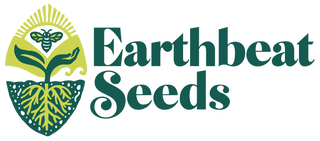Also called Coneflower, Echinacea is a beautiful native perennial with pink rosy petals. The genus name is from the Greek word “echino” which means hedgehog and alludes to the spiny, copper brown central disk of the flower. Each composite flower is a compact arrangement of ray and disk flowers which make it a feast for pollinators such as honeybees, hummingbirds and many different kinds of butterflies.
Echinacea has become a very popular plant in perennial gardens for good reason. The plant blooms over several months, is drought tolerant and looks stunning amongst other flowering plants. Echinacea is also extremely medicinal and is among the most popular herbal remedies found in the west, so much so that this plant is endangered in the wild due to over harvesting.
Varying species of Echinacea were used as medicine for hundreds of years by Native Americans. The Ute peoples called Echinacea “elk root” after wounded and sick elk were observed eating the plant. This coneflower was also considered one of the sacred Life Medicines of the Navajo tribe. Echinacea was also deemed helpful for burns, infections, swellings and was often used for removing poisons from the body like snakebites and sepsis, an eclectic physician tradition carried on into the early 20th century.
Research now shows that Echinacea’s aerial parts and roots are an immune system stimulant and studies have established that it is a potent ally against inflammation, bacterial infections and viruses. Please consider growing this indispensable herb to help lessen the demand for it in the wild.









